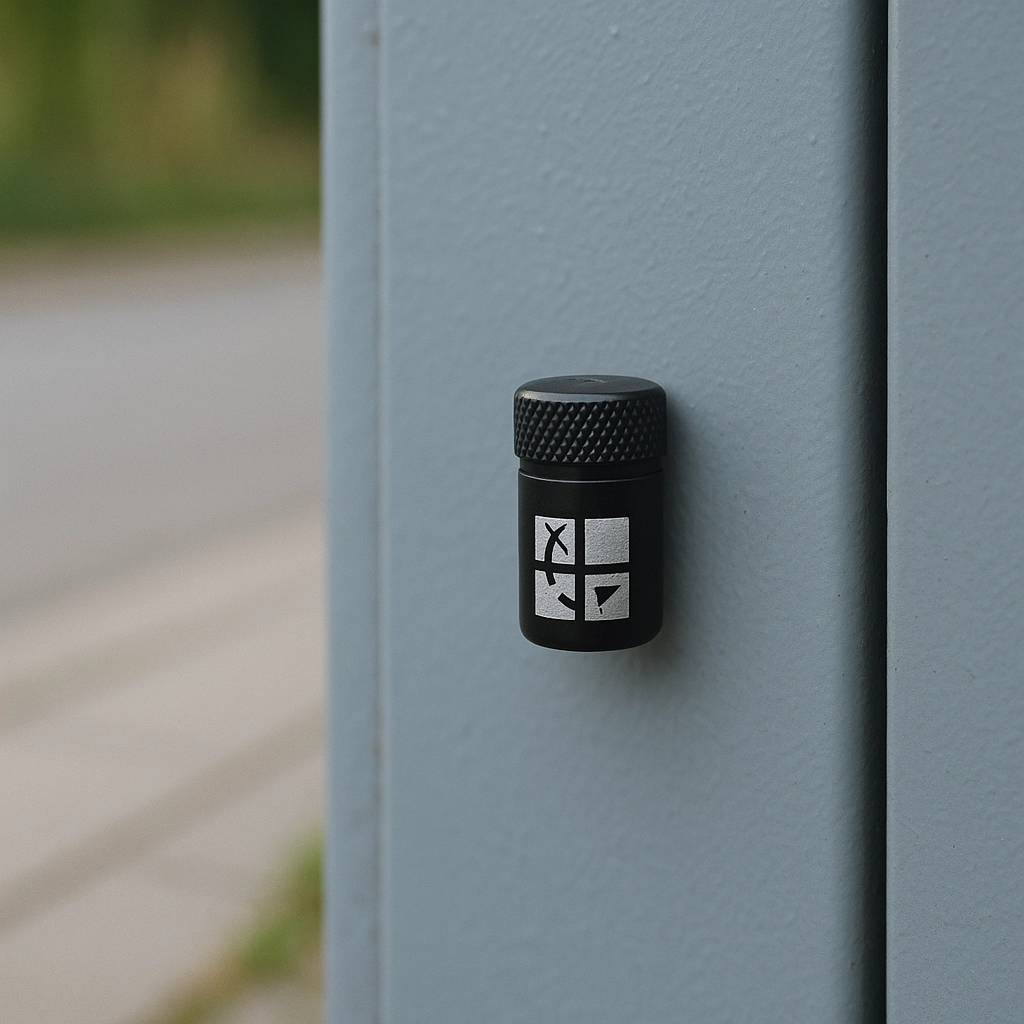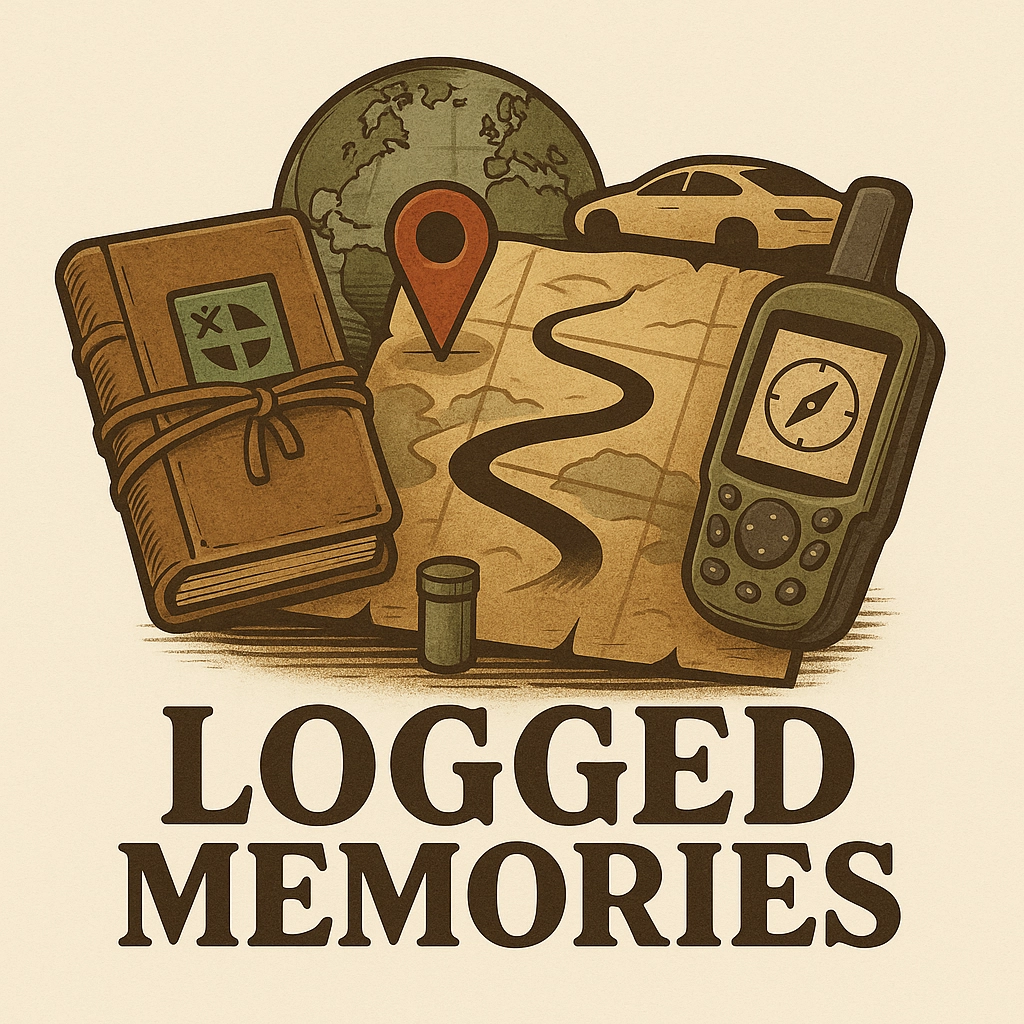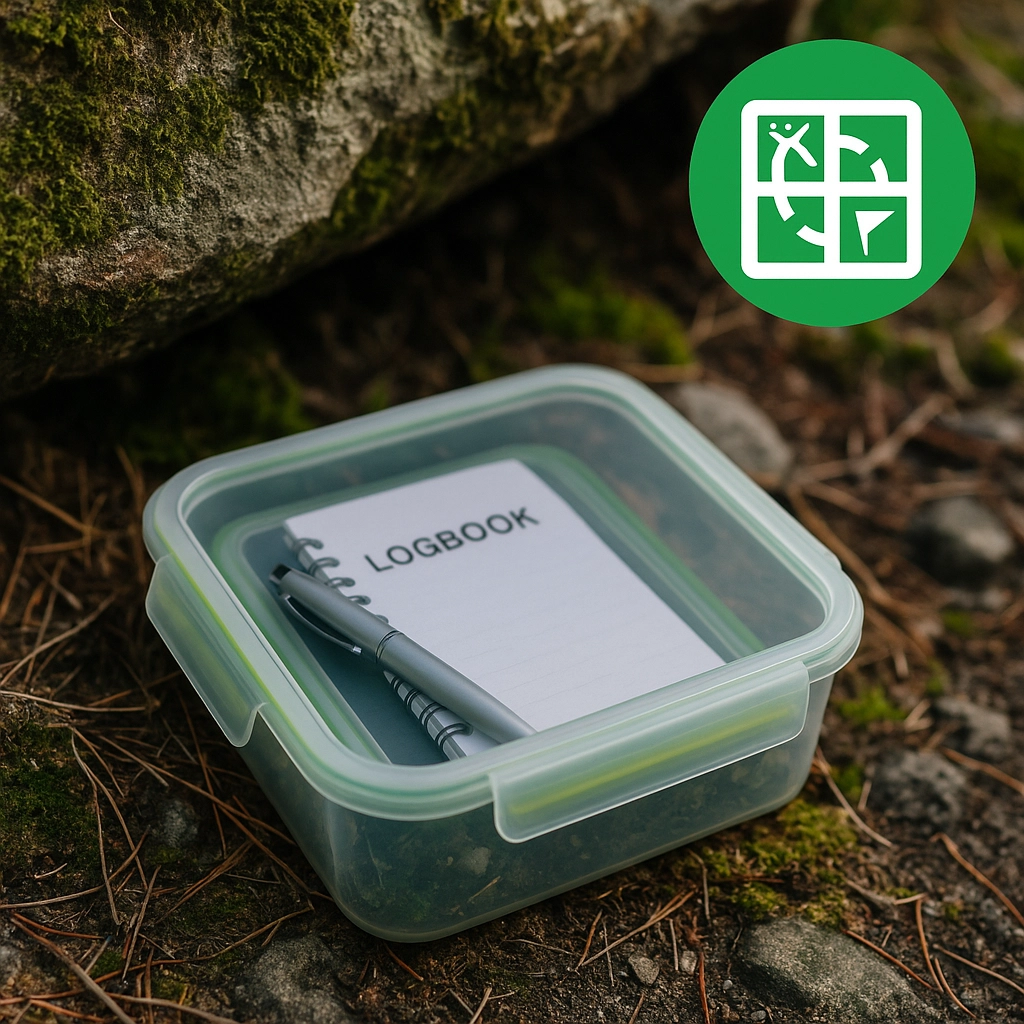Geocaching is a modern form of treasure hunting where participants use GPS to find hidden containers called geocaches, located in nature or urban environments. The most basic and common type is a traditional geocache—ideal for beginners who want to get started with GPS treasure hunting in a simple and accessible way.
What Defines a Traditional Geocache?
Traditional geocaches can be found everywhere—from mountaintops and narrow city streets to under piers. They may be hidden on railings, beneath rocks, hanging from a tree, or disguised as a birdhouse.
I vividly remember my very first geocache. It was a traditional one just a few hundred meters from my house. A small Tupperware container with a logbook inside. It kickstarted a fantastic hobby that has taken me to places I would never have visited—if not for the exciting cache hidden there.
A traditional geocache consists of one thing: a physical container placed at the coordinates listed on the cache page. No puzzles or stages—just go to the spot and start searching. The container might be well camouflaged!
Contents often include:
📒 A logbook to sign
🔄 Small trade items for kids or collectors
🌍 Occasionally, trackable items that are meant to travel
Cache sizes range from nano (smaller than a bolt) to large (boxes or crates). Most traditional caches are either micro or regular.

A Bit of History
Geocaching began on May 3, 2000, the day after civilian GPS accuracy improved significantly. An American enthusiast, Dave Ulmer, hid a bucket in the Oregon woods, placed a logbook and some trinkets inside, and shared the coordinates online. The idea took off.
Traditional caches were the first type—and they remain the most common. Other cache types have since emerged: mystery caches, multis, events, earthcaches, and virtuals, but the traditional is still the foundation.
Using Apps
To find traditional geocaches, you’ll want a geocaching app. Many start with the official Geocaching app by Groundspeak, which provides a map of nearby caches, tools for logging, and navigation features.
A great alternative—especially for iPhone users—is Cachly. This app is a favorite among experienced geocachers because:
It provides more accurate distance estimation, especially close to a cache.
You can pre-save log templates (e.g., signature texts) and add custom text when logging online.
It’s fully integrated with geocaching.com, so you can log finds directly.
Both apps work well with planning tools like Cachetur.no, especially for multi-cache trips.

Stats (2025)
📊 As of 2025:
There are over 3 million active geocaches worldwide
About 2.2 million are traditional caches—more than 70% of all caches
In Norway, there are over 25,000 active caches, most of them traditional
Geocaching is active in 190+ countries, and geocaching.com has over 7 million registered users.
Pros of Traditional Caches
✅ Easy to understand – great for beginners ✅ Instant reward – no puzzle-solving required ✅ Leads you to new places – viewpoints, local history, hidden gems ✅ Fun for families and kids – often include small trinkets to trade
Cons of Traditional Caches
⚠️ May be too simple for experienced geocachers ⚠️ Varying quality – some poorly hidden or maintained ⚠️ Common in "power trails" – series with little individual value ⚠️ Muggle risk – may disappear if found by non-players
Summary
The traditional geocache is the cornerstone of the geocaching world. It’s simple, accessible, and provides a quick feeling of success. For many, it’s where the adventure starts—and for others, it remains the most rewarding type.
Whether you’re looking for a quick find after work or an epic cache at a remote waterfall, chances are there’s a traditional geocache waiting for you.
Happy caching!





Comments